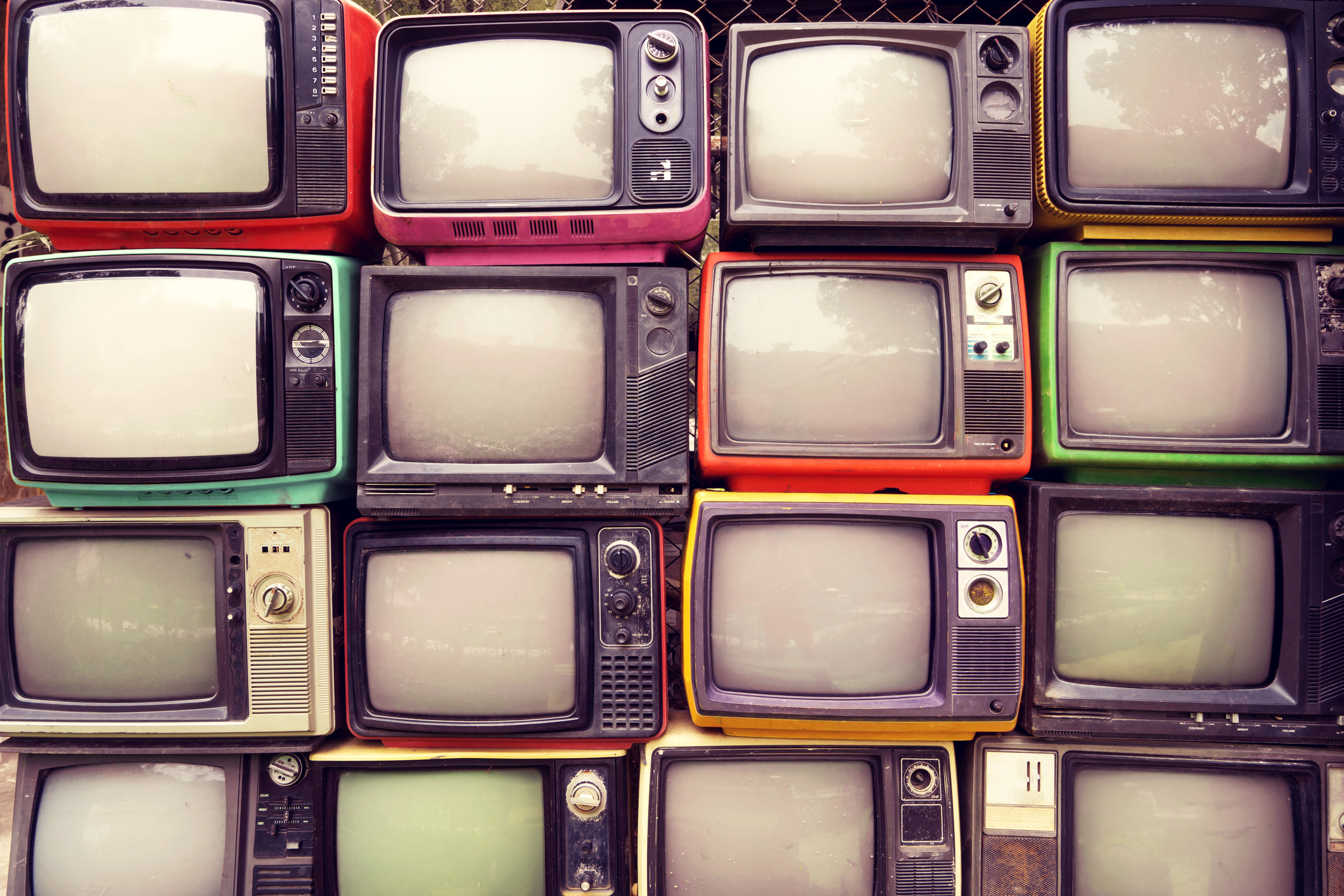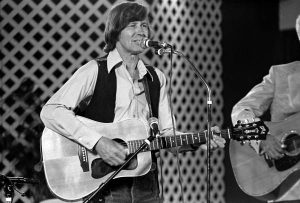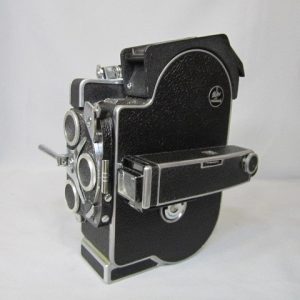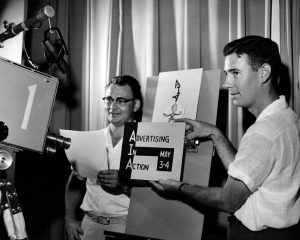
50 Years Later, These are the Good Old Days
By Bill Swisher, B.S. Broadcasting 1967
Those were the bad old days.
We thought we were using the latest and greatest newsgathering equipment and techniques of the time, and maybe we were. But, as we struggled through the UF School of Journalism and Communications’ senior-level Television News course in the late 1960s, how could we have known what was to come?

I happened to be the anchor for WUFT-TV’s early-evening newscast – the nightly product of the TV News course, led by Journalism Professor Don Grooms – on the night in 1967 that we announced the Florida Board of Regents had voted for the School to become a College. The details of that particular telecast are lost in the mists of time, though I do recall it seemed to be a much bigger deal to the faculty and staff than to us, the students.
What I remember clearly is how different the process of putting on a newscast was back then.
It was, of course, long before the digital revolution. So our afternoons began by scanning the Gainesville Sun for local story ideas. Forget about going to a newspaper’s website – there was no internet. Someone would seek out one of the Sun’s vending boxes, buy a copy and bring it in. If the boxes on campus were sold out, we had to enlist someone with a car to head downtown until they found one.

We shot stories earlier in the day or week on 16-millimeter, silent, black-and-white film, on cameras with names like Bolex and Bell & Howell that we had to wind up before shooting a sequence. (Yes, batteries existed; no, those cameras didn’t use them.) See eBay for examples.
On the rare occasions when we lined up an off-campus interview with a newsmaker, Professor Grooms had to bring in the school’s only “sound-on-film” camera, a behemoth that recorded audio optically rather than magnetically – two bits of technology now long gone.
Exposed film in hand, we then had to wait for the station’s engineers to develop it, a process that took almost an hour. Next, a school staffer would edit it with a technique known as “hot splicing,” an involved process using liquid glue, a tiny brush and a guillotine-like device to join frames of the film at exactly the right point.
We wrote our stories on manual typewriters in that age before PCs, laptops and printers. Teleprompters did exist, but not at Channel 5, so we read our stories from paper scripts we held in our hands, always remembering to look up at the camera occasionally so the viewer would see more than just the top of our head.
 On-screen graphics came from either slides or actual still photos placed on an easel and shot by a separate camera that was used for just that purpose, elsewhere in the studio. And most microphones were about the size of a can of tennis balls, looming large on the anchor desk in that era before clip-ons.
On-screen graphics came from either slides or actual still photos placed on an easel and shot by a separate camera that was used for just that purpose, elsewhere in the studio. And most microphones were about the size of a can of tennis balls, looming large on the anchor desk in that era before clip-ons.
My careers in radio-TV and then public relations lasted long enough for me to learn the basics of digital audio and video editing, and for me to see how much quicker and easier the new technology is, and how much better the final product looks on screen.
The great American philosopher-poet, Carly Simon, was right: These are the good old days.
Posted: September 12, 2018
